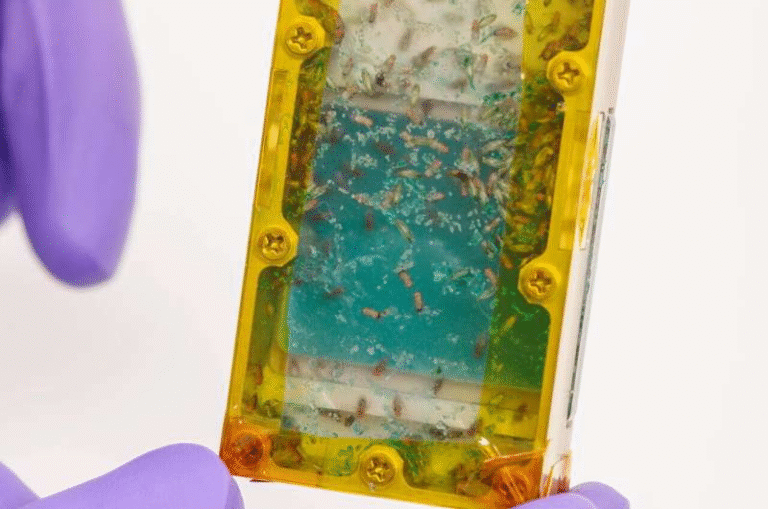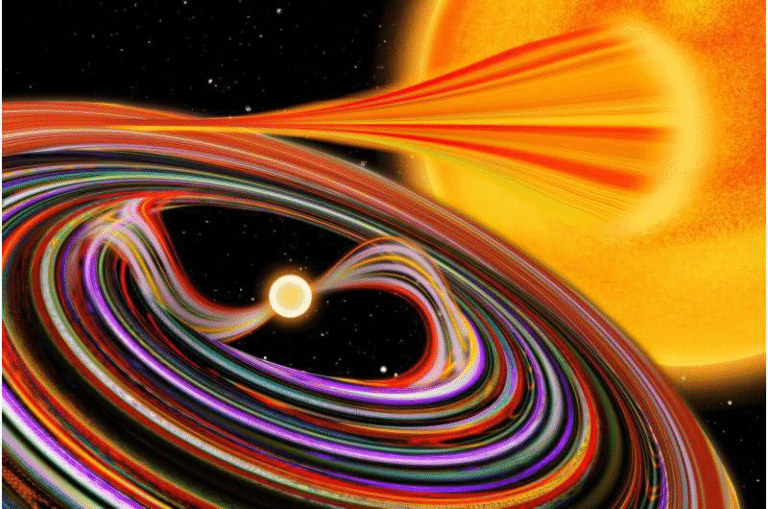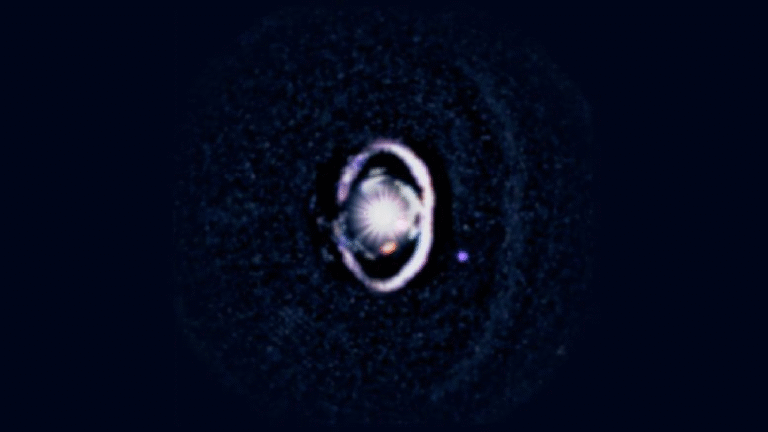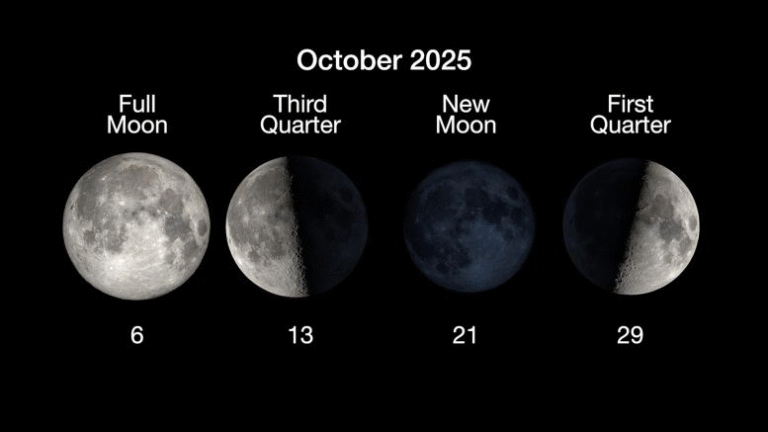ESA Simulates a Solar Superstorm to Train Satellite Operators for the Worst

The European Space Agency (ESA) has carried out a remarkable and rather sobering training exercise — a full-scale solar storm simulation at its European Space Operations Centre (ESOC) in Darmstadt, Germany. This wasn’t a movie-style drill with dramatic countdowns and explosions. It was a serious, data-driven exercise to prepare satellite operators for one of the most dangerous natural events that could hit modern civilization: a massive solar storm.

This particular simulation revolved around Sentinel-1D, an upcoming satellite in ESA’s Copernicus Programme, which is set to launch in November 2025 on an Ariane 6 rocket. Sentinel-1D is designed to monitor Earth’s surface using radar imaging, supporting maritime tracking and land observation. But for this training, the mission team had to imagine something very different — their satellite getting slammed by an event on par with the infamous Carrington Event of 1859.
What Happens During a Solar Superstorm
To understand why ESA is doing this, it helps to know what a solar storm actually is. These storms originate from the Sun’s activity, especially when it releases large bursts of energy called solar flares and coronal mass ejections (CMEs).
A solar flare is a flash of electromagnetic radiation — X-rays and ultraviolet light — that travels at the speed of light, reaching Earth in about eight minutes. That’s almost no warning time. CMEs, on the other hand, are giant blobs of charged plasma ejected from the Sun’s corona. They move slower, taking anywhere from 15 to 18 hours to reach Earth, but they can cause major geomagnetic chaos once they do.
When a CME slams into our planet’s magnetic field, it can trigger geomagnetic storms that overload power grids, interfere with radio communication, disrupt navigation systems, and even physically damage satellites. The Carrington Event was the most powerful example in recorded history — it literally set telegraph papers on fire in 1859.
Now imagine that happening today, in a world that relies on thousands of satellites for navigation, communication, finance, and climate monitoring. That’s why ESA is taking it seriously.
The Three-Stage Simulation
ESA’s simulation was built around a three-phase sequence to mirror how a real solar superstorm would unfold:
1. The Solar Flare – Instant Impact
The first simulated phase was an X45-class solar flare — an extremely powerful burst of radiation. It hit Earth almost instantly, causing GPS and communication systems to fail. For the Sentinel-1D operators, that meant losing reliable positional data right after their satellite’s launch.
This part of the simulation was inspired by a real event from October 2003, when an X-class flare disrupted GPS and power systems around the world. The point was clear: even the most advanced operators have almost no reaction time once such a flare goes off.
2. The Particle Storm – High-Energy Damage
A few minutes after the flare, the team faced a storm of high-energy particles — mainly protons and electrons — traveling near light speed. These particles are notorious for flipping bits in satellite electronics, corrupting memory, and frying circuitry. In real life, this kind of radiation can cause partial or permanent satellite failure.
In the simulation, operators had to work with degraded systems, trying to protect Sentinel-1D’s critical instruments and maintain contact. ESA’s engineers know that shielding can only do so much — even the best-protected satellites are at serious risk during such storms.
3. The Coronal Mass Ejection – The Slow-Moving Disaster
Finally, 15 to 18 hours later, the coronal mass ejection hit. This is the part that causes long-lasting trouble. When the CME interacts with Earth’s atmosphere, it heats and swells the upper layers by as much as 400%, drastically increasing drag on satellites in low Earth orbit.
That extra drag slows down satellites and can pull them closer to Earth, forcing operators to use up precious fuel to maintain orbit. In the simulation, this created a cascade of new risks: collision warnings multiplied as other satellites and debris changed trajectories unpredictably. Teams had to make split-second decisions — which potential collisions to avoid and which to risk.
ESA’s goal wasn’t to make anyone “win” the scenario. As the agency put it bluntly, there is no good outcome in such an event. The objective is damage control — learning how to keep essential systems alive long enough to recover afterward.
Why ESA Is Doing This
ESA’s Space Safety Programme is taking a proactive approach to what it calls space-weather resilience. Space weather might sound niche, but the potential damage from a superstorm could reach trillions of dollars globally.
ESA’s Space Weather Office and Space Debris Office collaborated closely during this simulation. They wanted to test how teams coordinate under pressure when the environment changes faster than predictive models can keep up. The exercise is now expected to become standard practice for new missions going forward.
ESA’s Sentinel-1D mission director noted that these simulations also strengthen cross-department teamwork — mission control, debris monitoring, and solar-weather analysis all have to work as one.
The Bigger Picture – Solar Weather and Modern Life
Solar storms are not rare, but extreme ones are. The problem is, they’re inevitable. Statistically, a Carrington-level event is expected every 100 to 150 years, which means we’re already due.
A similar event today could affect:
- GPS and navigation systems, causing flight reroutes and maritime confusion.
- Communication satellites, leading to loss of internet or phone service.
- Power grids, through geomagnetically induced currents that overload transformers.
- Financial systems, as timing and data transfers rely heavily on satellite signals.
The world’s technological infrastructure is tightly interconnected. A solar storm doesn’t respect national borders. That’s why global coordination and early warning systems are crucial.
How ESA Plans to Strengthen Early Warning
ESA isn’t stopping at training simulations. Several major projects are underway to make sure humanity isn’t caught off guard when the next big storm hits.
- The Vigil Mission – Scheduled for launch around 2031, Vigil will be positioned at the L5 Lagrange Point, a location that gives it a sideways view of the Sun. From there, it can spot CMEs heading toward Earth earlier than current satellites can.
- The Distributed Space Weather Sensor System (D3S) – A network of sensors and mini-satellites designed to constantly monitor space radiation, plasma conditions, and magnetic disturbances.
- Supercomputing for Space Weather – ESA is also using its Space HPC supercomputer to improve modelling of solar activity and predict its impact on satellites and ground infrastructure.
Together, these efforts aim to build an integrated European space-weather response capability — something that could make the difference between chaos and control when the next superstorm comes.
Why This Simulation Matters for Everyone
The Sentinel-1D exercise is a wake-up call. Most of us depend on satellite technology every day without realizing it — navigation apps, weather updates, streaming services, airline routes, and even ATM transactions all rely on orbiting systems.
If a solar storm hit tomorrow, we could lose large parts of that network, even temporarily. That’s not science fiction; it’s a statistical certainty waiting to happen. The ESA simulation is part of a growing global recognition that we must prepare now, because when it happens, there won’t be time to react.
ESA’s training may one day be what saves critical systems from total failure — or at least helps speed up recovery. The agency’s approach is practical and transparent: teach teams what the real-world chaos looks like and let them experience how unpredictable it gets.
This initiative sets a new global benchmark for satellite readiness. As more space agencies and private operators join the orbital ecosystem, coordinated responses like this will become essential. After all, the Sun isn’t targeting one nation — it’s targeting everything in orbit.
Research Reference:
European Space Agency – Flying Through the Biggest Solar Storm Ever Recorded





